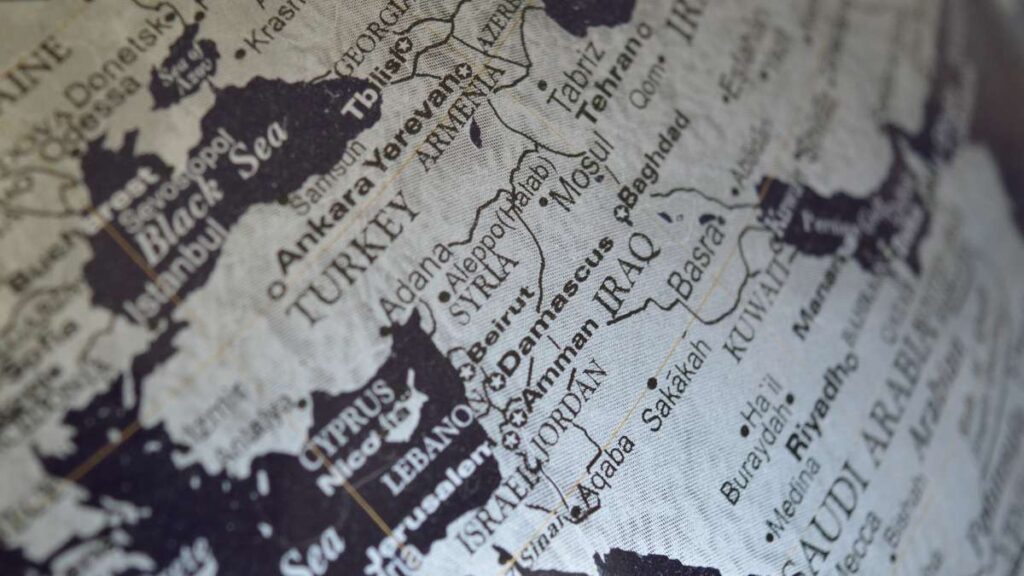By Geoffrey Cain
PRI’s The World
Oct 19, 2011
HO CHI MINH CITY, Vietnam — Four years ago, the future looked bright for Vietnam.
Investors and economists proclaimed that this emerging market of 86 million people would grow into an “Asian tiger,” the next country to reach middle-income status by attracting foreign investment.
Firms that once sought Chinese labor were diversifying into Hanoi and Ho Chi Minh City, eyeing the young and cheap workforce.
And multinational companies such as Intel and Samsung led the betting when they built plants in the country worth $1 billion and $670 million, respectively.
Now, the economy is overheating. It’s a far cry from a full-on collapse. Yet, Vietnam’s rocky economy already shows signs of the kind of troubles that sparked the now worldwide Occupy movements. Will people be occupying the streets of Hanoi next?
Government officials are taking cosmetic steps to cut down the resulting inflation and the budget deficit.
In September, inflation reached 22 percent year-on-year, wearing down Vietnam’s cheap labor attractiveness vis-a-vis other Southeast Asian countries such as Malaysia and Cambodia.
If government officials are serious about reviving that dying optimism, they’ll first need to rein in their reckless and secretive state-run companies, bureaucratic behemoths that are sabotaging the country’s ability to compete.
These stalwarts, known formally as state-owned enterprises (SOEs), are disproportionately running up Asia’s highest inflation rate and drowning out private, more productive competitors in the process.
In Vietnam, SOEs are the pillars of the socialist-oriented economy and the personal fiefs of elite communist cadre.
Most are wasteful, consuming almost half of Vietnam’s new capital to produce the equivalent of a quarter of its GDP.
Roots of their decline sprouted when, from 2007 to 2010, the conglomerates took advantage of $100 billion expansion in the domestic credit stock that allowed them to invest unprofitably outside of their specialties, argues Edmund Malesky, an economist at the University of California at San Diego.
Cheap credit, in turn, created an excess demand that has outstripped industrial production, driving up prices in tandem with global hikes in food and fuel costs.
Politicians play favorites with these businesses, insulating them from the hardships of the market.
In the most well-known example, Prime Minister Nguyen Tan Dung once touted Vinashin, a politically privileged shipbuilder, as a model for bringing Hanoi into the world economy.
Then, in December 2010, it defaulted on a $600 million loan arranged by Credit Suisse.
The company had amassed $4.4 billion worth of debt while ineptly moving outside of its specialty, managing hotels and making motorbikes, along with other operations.
One government document attributed the Vinashin problems to “incompetence.”
Four months before the default, authorities arrested the group’s former chairman, Pham Thanh Binh, on allegations that he cooked the company’s books.
Last month, nine Vinashin executives were officially charged with violating government regulations, causing the state to lose $43 million.
Moody’s, citing the near-collapse, downgraded Vietnam’s credit ranking, a move that increased its cost of borrowing on the international market.
Today, both the firm and its state patrons remain uncommunicative with creditors, and it’s not clear when or if they’ll get paid.
Creditors are unlikely to take legal action in Vietnam’s weak courts, especially in a country where they need politicians’ goodwill to secure future deals.
“These SOEs are very powerful, and they interact regularly with top leaders,” Malesky, the economist, said.
Analysts fear similar collapses may be brewing, given the lack of transparency in these companies’ dealings.
Rather than move to curb these companies’ excesses, leaders have focused on re-structuring that only scratch the surface of the problem. They introduced a package last April that raised borrowing rates and curbed credit growth.
If policymakers want to foster innovation and growth, they should steer capital away from state giants and towards more competitive private firms, in addition to reducing credit growth altogether to slow inflation.
This strategy worked in China, where SOEs no longer depend entirely on the government for credit.
Vietnam already has laws that meet international standards and streamline the establishment of private competitors that have allowed for some reform.
By the end of 2008, nearly 5,000 SOEs had been restructured, of which 3,400 were equitized, the term the government uses to refer to allowing private citizens to buy shares.
But authorities enforce the laws in lagged and inconsistent ways, said Denny Cowger, a business lawyer at Duane Morris, an American law firm with offices in Ho Chi Minh City and Hanoi.
Prime Minister Nguyen Tan Dung, for instance, issued a directive ordering the giants to equitize by July 2010, but many flouted the deadline.
Leaders did, however, send one stark message to Vinashin after the default: that the state would not cover the $600 million loan no matter its political clout, a reversal of earlier policies. They are, in essence, warning other SOEs that they must be held to account, even though that means the government won’t repay European creditors for the loan they backed.
By pushing for improvements in transparency and accountability, Hanoi can either follow in the footsteps of powerhouses such as China and South Korea, or it can fall into the middle-income rut restraining the Philippines and Malaysia.
So far, leaders have succeeded in making commerce in Vietnam more sophisticated, signaling to investors that they’re serious about the first route.
But this year, they’ll need to speed up SOE reforms to prevent future bouts of inflation and stabilize the economy.
Some politicians may need to sacrifice their personal clout in the process, but an open and innovative market, rather than a feudal one, will make their country prosper.
The article was originally published in PRI’s The World
See Also:





